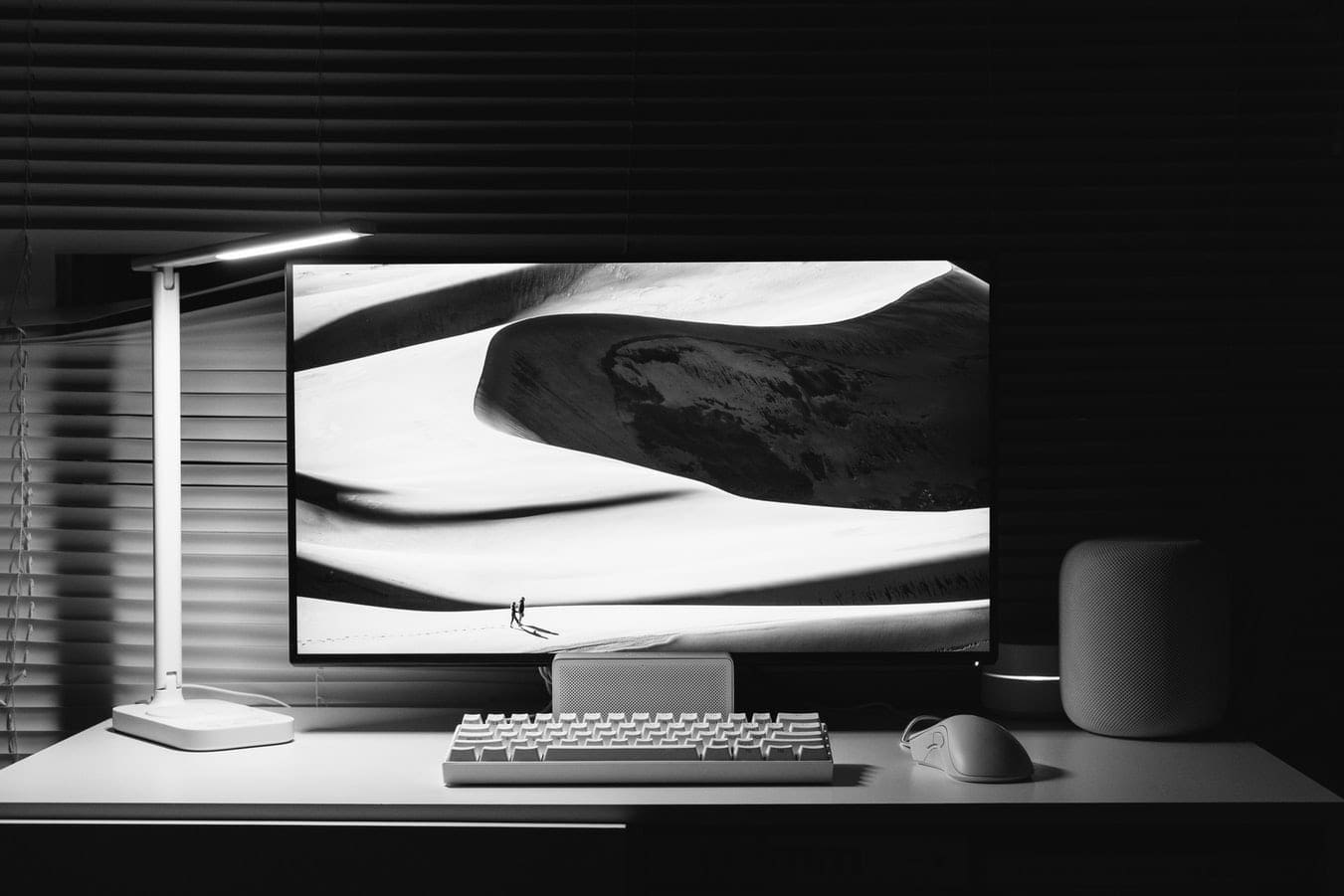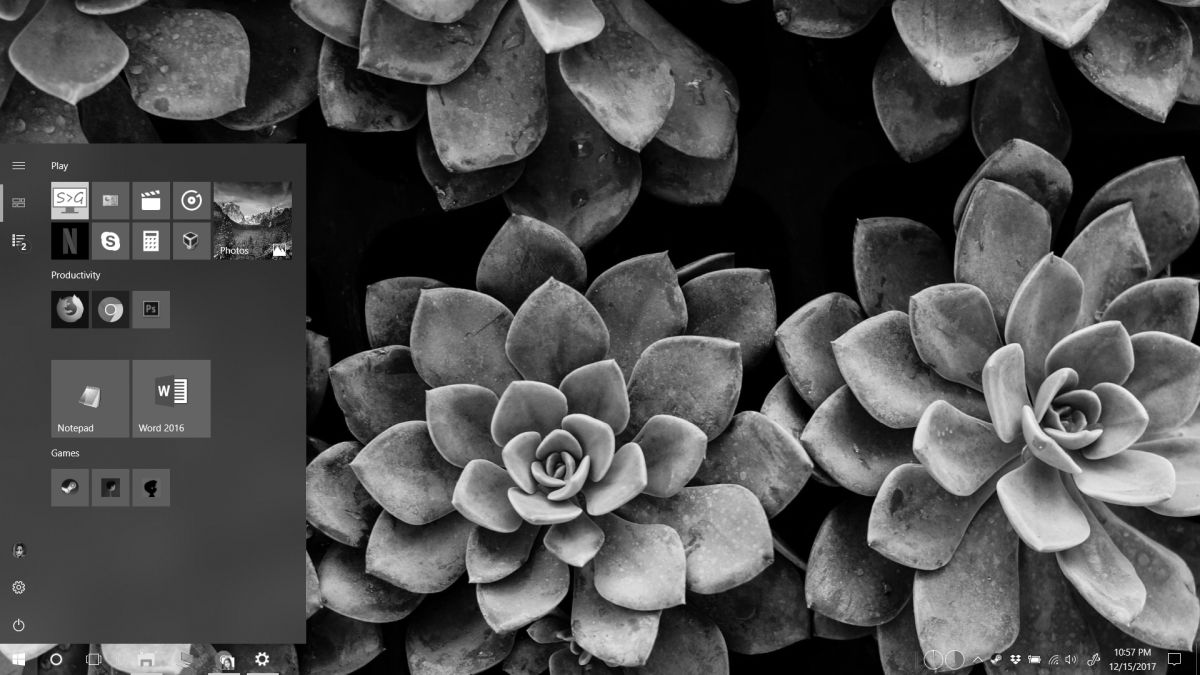

PS: dE is so low in your display that I would not care about it unless it is located in grey (RGB+gray balance upper combo, check combined a*b* range value) XYZLUT = a 3D mesh made with lots of actual measurements form display after calibration

Using an XYZLUT will store display behavior after calibration like if it was a 3D mesh, with several points, hence validating if profile matches display behavior described by a more realistic aproach (a 3d mesh created from actual measurements instead an idealized mesh make of matrix primaries) If you have greyscale errors againts true neutral grey (a*b*=0), slow speed may improve greyscale errors (unless it’s near black RGB 000).Ĭolorspace errors will remain +- the same with slow speend and matrix profile since validation is making a comparison against “an ideal additive display” described by its primaries (matrix) vs actual display behavior. I specify that on this test I used the simple curve + matrix and a normal speed for the calibration, maybe on slow I would have obtained a better delta E maxĬalibration in displaycal and other apps (monitors without HW cal) is only for greyscale. Technically, it is named LCD PFS Phosphor WLED IPS, 99 P3 (MacBook Pro Retina 2016), but it works on other Apple P3 displays as well (I successfully tested it on the iMac Pro, MacBook Pro 2016, and MacBook Air M1).
MACBOOK PRO WINDOWS 10 DISPLAY GREYSCALE MAC OS
It seems to me that if I use XYZ LUT instead of single curve + matrix I would obtain better color accuracy on the PS and Capture one software but also color defects on some MAC OS applications with this XYZ LUT? Here is the result I get with the settings identified on my first post, The best portable monitor for MacBook Pro or MacBook Air should include USB-C as a connection option, for example, so you can connect power and data through a single cable This makes it easy to unplug and use when you have them.


 0 kommentar(er)
0 kommentar(er)
